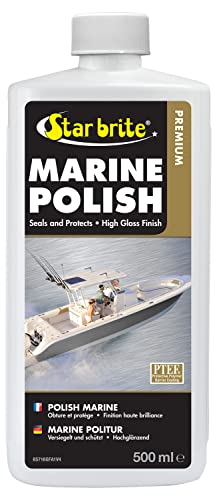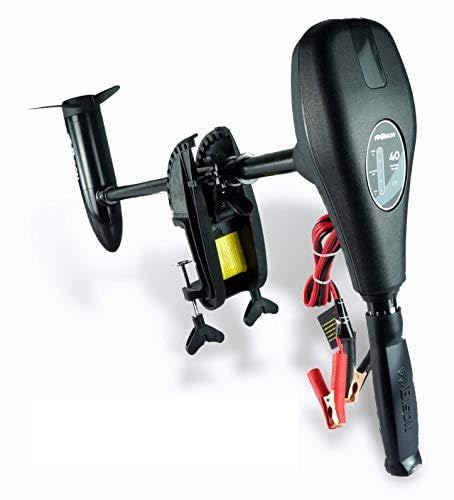Introduction to 12V Water Pumps: What You Need to Know
What is a 12V Water Pump?
A 12V water pump is a compact and versatile motorised device that operates on a 12-volt power supply, commonly used in a variety of applications like garden irrigation, aquariums, and RV water systems. Unlike standard mains-powered pumps, these pumps are ideal for mobile or off-grid situations, allowing for independence from traditional power sources. They can be powered by batteries or 12V DC adapters, making them practical for users who may often find themselves outdoors or in remote areas.
Why Choose a 12V Water Pump?
Choosing a 12V water pump provides you with the flexibility and convenience needed for various tasks. They are especially beneficial for those who need to transport water or operate devices in locations where conventional electrical outlets are not available. Imagine setting up a watering system in your garden without the hassle of electrical cords, or easily draining a pool or hot tub using a powered pump. With a 12V pump, these tasks become straightforward and efficient.
Understanding Different Types of 12V Water Pumps and Their Applications
Types of 12V Water Pumps
There are a few main types of 12V water pumps, including diaphragm pumps, submersible pumps, and inline pumps. Diaphragm pumps are often used for irrigation and are excellent at handling water with some particles, providing a reliable flow. Submersible pumps, as the name suggests, are designed to be submerged underwater, making them perfect for emptying tanks or other bodies of water quickly. Inline pumps, on the other hand, sit outside of the water source and are typically used for water transfer applications where high pressure is needed.
Best Use Cases for Each Type
When deciding which type of pump to choose, consider what you’ll be using it for. If you need a pump for your garden, a diaphragm pump may be your go-to as it can handle small debris. For draining a flooded area, a submersible pump will save you time and effort. If you’re looking to maintain constant water pressure in your RV or caravan, an inline pump can deliver water on demand without any hiccups. Each type serves a unique purpose and understanding these can help us find the perfect match for our specific needs.
Key Features to Look for When Choosing a 12V Water Pump
Flow Rate and Head Height
Two critical specifications to keep in mind are the flow rate and head height. The flow rate indicates how much water the pump can move per minute, while head height denotes how high it can lift water. If you’ve got a large garden that requires extensive irrigation, look for a pump with a higher flow rate to cover more area quickly. Conversely, if you need to pump water to a higher location, choose a model with greater head height capacity.
Durability and Build Quality
The durability of your 12V water pump is also an essential consideration. Look for pumps made with high-quality materials that can withstand the rigours of outdoor use. If the pump is going to be submerged in water regularly, ensure it is waterproof and corrosion-resistant. Investing in a durable pump means fewer replacements and less hassle in the long run.
Noise Levels
For those in quieter settings, such as home gardens or camping areas, it’s worthwhile to consider the noise levels of the pump. Some pumps can be quite noisy and may disturb your peace. Opt for pumps designed for quiet operation, which will allow us to enjoy our environment without unwanted disturbances.
Essential Tips for Installation and Maintenance of Your 12V Water Pump
Proper Installation Techniques
When installing your 12V water pump, ensure you follow the manufacturer’s instructions closely to avoid issues. Position the pump at an appropriate height, and make sure all connections are secure to prevent leaks. For submersible pumps, it’s important to check that the unit is completely submerged before operation, ensuring efficient performance. Proper installation sets the stage for a smooth and efficient operation.
Routine Maintenance
Maintaining your 12V water pump is key to its longevity. Regularly inspect the pump for any signs of wear or leaks, and clean any debris that may accumulate around the inlet or outlet. It’s wise to flush the system periodically to prevent clogs, particularly if you’re pumping water that may have sediment or debris. Lastly, don’t forget to check the connections and power source to ensure everything is functioning properly.



































